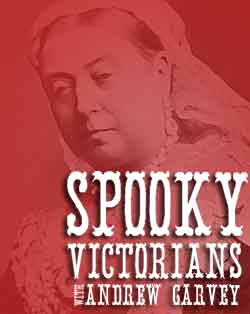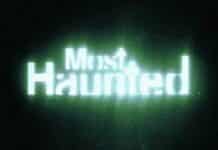ANDREW GARVEY reports on the gruesome murder of Lewis Carroll’s uncle, the fabulously-named Robert Wilfred Skeffington Lutwidge
Favourite uncle of novelist, poet and creator of Alice in Wonderland Lewis Carroll, and the bearer of a fantastically 19th century name, Robert Wilfred Skeffington Lutwidge was a highly-respected figure in Victorian society who met a most unpleasant end.
A barrister who was involved in drafting the 1845 Act for the Regulation of the Care and Treatment of Lunatics (the Lunacy Act), Lutwidge joined the newly beefed-up Commissioners in Lunacy, the public body charged with maintaining standards in the country’s asylums, as secretary. Lutwidge later became one of the Inspectors, a promotion which ultimately led directly to his violent death.

On Wednesday 21st May 1873, Lutwidge, 72 years old and still playing a very active role with the Lunacy Commission he’d helped set up almost 30 years previously, was inspecting Fisherton House Asylum in Salisbury.

Ten days later, the Hampshire Advertiser told the story in some detail, based on the inquest held on Thursday 29th May. The newspaper reported on Medical Commissioner James Wilkes’ (a colleague of Lutwidge’s) testimony:
“After No. 17 ward had been gone through, in which was William M. Kave, witness noticed a scuffle just as deceased passed the door to go out of the ward, the latter at the same time placing his hand to his head, from which blood was flowing. Witness did not see a blow struck, but on going up he found that a nail had been taken from M. Kave, with which he had inflicted the wound. Deceased would have fallen if it had not been for the wall. He said he was stunned, but he afterwards walked and said he felt tottering.”
Yes, a nail. Lutwidge’s death was caused by an inmate stabbing him in the head with a nail. Not just any old nail, either. The weapon was produced at the inquest and described as “a large one and rusty, with the point sharpened, and a carpet pocket to protect the hand.”
Dr. Corbin Finch, one of the asylum’s owners, had accompanied Lutwidge and Wilkes. He told the inquest that in ward 17 Kave “was sitting in a chair about the middle of the room, apparently asleep” until, as Lutwidge was distracted by marking off inmate/patient names in his ledger, Kave struck him in the temple.
According to Dr. Finch, Kave “had been in the asylum twenty years last December. He was a noisy, irritable, discontented man, but was not considered a dangerous lunatic. He had a delusion that some woman with whom he had cohabited constantly haunted him in the asylum. He was always complaining whenever the inspectors or others went into the ward.”
Lutwidge died of his injuries a week later. The inquest’s jury found Kave guilty of his “wilful murder.”








